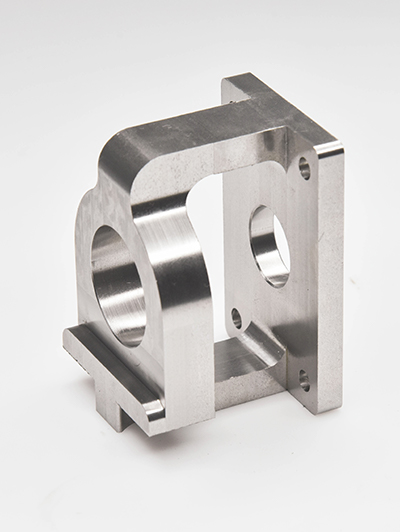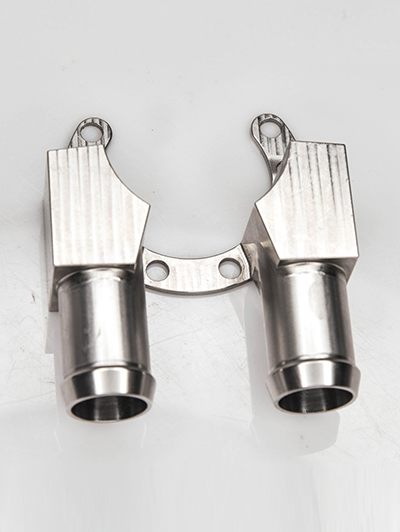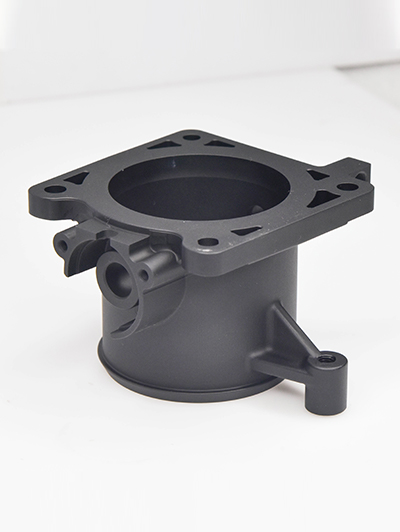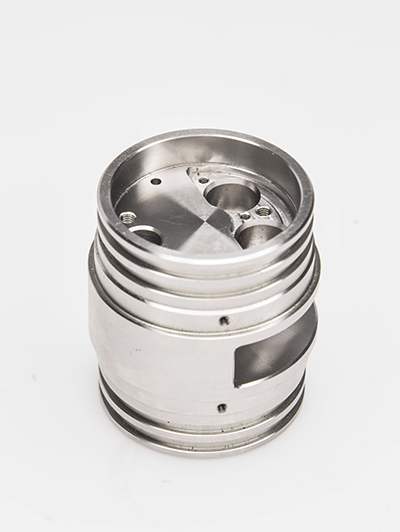Information
Artificial Joints | Ceramic-Metal Composite Interface Precision Grinding_ Reducing Wear Rate by 90%
Artificial Joints | Ceramic-Metal Composite Interface Precision Grinding: Reducing Wear Rate by 90%
Introduction: Revolutionizing Artificial Joint Durability
In the field of medical device manufacturing, the durability and performance of artificial joints are of paramount importance. Artificial joints, often used in hip, knee, and shoulder replacements, need to withstand years of use under constant pressure. Traditional materials, while functional, often suffer from wear and degradation over time, leading to discomfort and the need for early revision surgeries. However, advances in precision grinding technology, particularly in the ceramic-metal composite interface, have proven to be a game-changer. By utilizing precision grinding techniques, we can dramatically reduce the wear rate of these joints, improving longevity and patient quality of life.
What Is Ceramic-Metal Composite Interface Precision Grinding?
Precision grinding is an advanced machining process that utilizes abrasive wheels to remove material at a microscopic level, ensuring high precision in manufacturing. When applied to artificial joints, particularly at the ceramic-metal composite interface, this method enhances the bond between materials, creating a smoother, more durable surface. This interface is critical because it directly influences the performance and longevity of the joint, particularly in high-stress areas where wear typically occurs.
The Role of Ceramic-Metal Composites in Artificial Joints
Ceramic materials are known for their hardness, wear resistance, and biocompatibility, making them ideal for use in artificial joints. Metals, on the other hand, offer strength and flexibility. The combination of ceramics and metals results in a composite material that balances the best attributes of both. However, the interface between these two materials is a critical point of concern. Precision grinding of the ceramic-metal composite interface ensures that the joint operates smoothly, reducing friction and wear during motion.
The grinding process itself removes any irregularities or rough surfaces at the composite interface, making the joint more efficient and reducing the likelihood of premature wear. This enhanced surface finish not only improves the functionality of the joint but also extends its lifespan, significantly reducing the need for early replacements.
How Precision Grinding Reduces Wear Rate by 90%
The wear rate of artificial joints is a crucial factor influencing their lifespan. Traditional materials experience wear from continuous friction, which leads to the breakdown of the joint and eventual failure. However, through precision grinding, the wear rate of artificial joints can be reduced by up to 90%. Here’s how:
Enhanced Surface Quality: Precision grinding creates a smoother, more uniform surface on the ceramic-metal interface. This reduction in surface roughness lowers friction, which in turn reduces wear.
Stronger Bond Between Materials: By refining the interface between the ceramic and metal components, precision grinding creates a stronger bond, improving the structural integrity of the joint and preventing premature material degradation.
Better Stress Distribution: The grinding process ensures that stress is more evenly distributed across the joint, reducing localized wear and increasing the overall strength of the joint.
Reduced Friction and Heat Generation: With a smoother interface, the friction between the joint’s surfaces is minimized, which leads to less heat generation. Lower friction and heat reduce the chances of wear over time, contributing to a longer-lasting joint.
Why Precision Grinding Is Essential for Medical Applications
In the medical industry, precision is key. The slightest imperfection can result in failure, leading to costly revisions and potential health risks for patients. The importance of precision grinding in the manufacturing of artificial joints cannot be overstated. By incorporating this advanced technique, manufacturers can offer more reliable, long-lasting solutions that benefit both patients and healthcare providers.
Benefits for the Medical Industry
The medical industry stands to gain significantly from the adoption of ceramic-metal composite interface precision grinding in artificial joint manufacturing. Here are some of the key benefits:
Increased Joint Lifespan: The reduction in wear leads to longer-lasting joints, reducing the need for early revision surgeries. Improved Patient Outcomes: Patients benefit from less pain, more mobility, and a better overall experience after joint replacement surgeries. Cost-Effective Manufacturing: With longer-lasting joints, healthcare providers save money by reducing the frequency of replacement surgeries. Higher Biocompatibility: Precision grinding creates a smoother surface that is better accepted by the human body, improving the overall biocompatibility of the joint.Conclusion: The Future of Artificial Joint Manufacturing
In the constantly evolving field of medical technology, the demand for higher-performance artificial joints is greater than ever. By leveraging the power of ceramic-metal composite interface precision grinding, manufacturers can deliver more durable, longer-lasting joints that significantly reduce wear. This innovation is not only crucial for improving the quality of life for patients but also for advancing the efficiency and cost-effectiveness of the healthcare industry as a whole.
As the technology behind precision grinding continues to improve, the potential for even better artificial joints is vast. For manufacturers, adopting these advanced techniques will set them apart in an increasingly competitive market, ensuring that they stay at the forefront of medical device innovation.
Investing in precision grinding technology today ensures that tomorrow’s artificial joints will provide patients with greater comfort and mobility for longer, marking a new era in joint replacement technology.
Enhancing Efficiency in Aerospace Technologies
1. Implementing advanced automation and robotics: By utilizing automated systems and robotics in aerospace technologies, tasks can be performed more quickly and accurately, leading to increased efficiency. This includes automated systems for manufacturing, inspection, maintenance, and handling of materials.2. Adopting digital twin technology: Digital twin technology allows for real-time monitoring and simul...
Cutting-edge Machining of Unique Materials
Advancements in technology have allowed for the cutting-edge machining of unique materials that were previously difficult to work with. This has opened up new possibilities for manufacturing industries, allowing for the production of components and products that were once thought to be impossible.One such material that has benefited from cutting-edge machining techniques is carbon fiber. Carbon fiber is a l...
Enhancing Efficiency in Aerospace Technologies
1. Implementing advanced automation and robotics: By utilizing automated systems and robotics in aerospace technologies, tasks can be performed more quickly and accurately, leading to increased efficiency. This includes automated systems for manufacturing, inspection, maintenance, and handling of materials.2. Adopting digital twin technology: Digital twin technology allows for real-time monitoring and simul...
Cutting-edge Machining of Unique Materials
Advancements in technology have allowed for the cutting-edge machining of unique materials that were previously difficult to work with. This has opened up new possibilities for manufacturing industries, allowing for the production of components and products that were once thought to be impossible.One such material that has benefited from cutting-edge machining techniques is carbon fiber. Carbon fiber is a l...
Shape accuracy detection
In addition to dimensional accuracy, the shape accuracy of the parts cannot be ignored. Detect shape errors such as roundness, cylindricity, and flatness of parts using equipment such as roundness meters and contour meters. For example, when processing high-precision bearing rings, the accuracy of roundness and cylindricity directly affects the rotational accuracy and service life of the bearing.
Dimensional accuracy testing
Using advanced measuring tools and techniques, such as coordinate measuring instruments, optical imagers, etc., to accurately measure the dimensions of parts. For precision parts, dimensional tolerances are usually controlled at the micrometer level, so high-precision measuring equipment is required to ensure the accuracy of the test results. For example, when processing precision molds for mobile phone chi...
- +86 13603025252
-

WhatsApp
- info@jiujucnc.com





